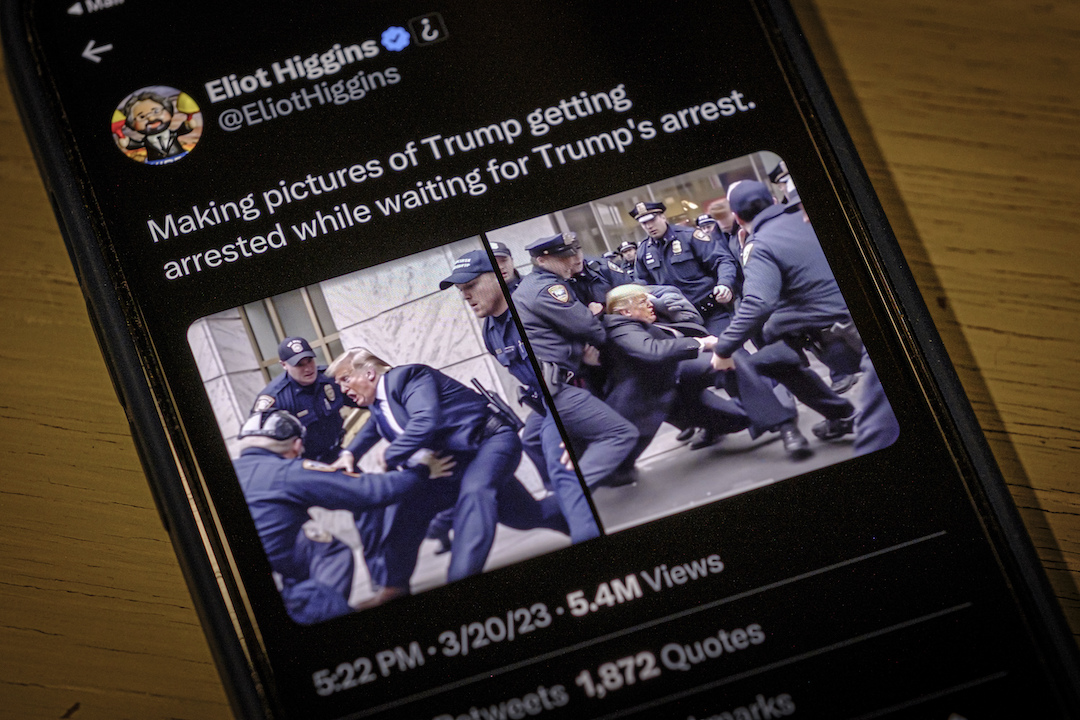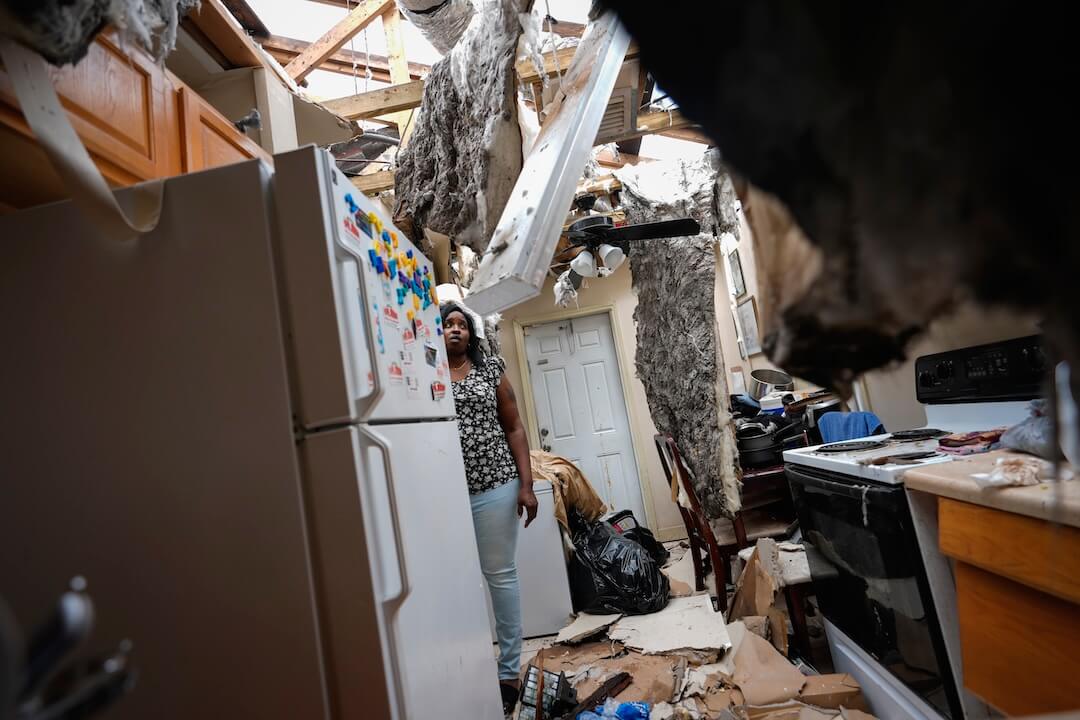An Indian journalist faces criminal charges after a soldier she interviewed without his knowledge committed suicide earlier this year. The journalist, Poonam Agarwal, did not tell the soldier that she was a reporter or that a hidden camera was rolling while she was speaking with him. Although his image in the published video of their conversation was blurred, Indian Army officials claim her actions led directly to his death.
The video, published by The Quint, an online news portal in India, exposed the misuse of the “sahayak” (buddy) system in the Indian Army. The system requires soldiers designated as sahayaks to provide support services to superior officers. The idea is to free up those officers to concentrate on their military duties. But the system is rife with abuse, as some sahayaks have reportedly been forced to perform menial household tasks, as revealed by Agarwal in her report.
The case raises questions about journalistic ethics as well as freedom of the press in India, a democracy with a robust news media. On the one hand, Agarwal’s reporting was clearly in the public interest, as she exposed corruption within the sahayak system that could possibly hasten its demise. The Network of Women in Media, India, has called upon authorities to drop the charges against Agarwal, calling them a “disproportionate reaction” to the soldier’s suicide and describing her story as an attempt to expose “wrong-doings and misconduct in places of power.” On the other hand, her actions may have led to a tragedy that could have been avoided.
Agarwal, who conducted the sting operation with the aid of a hidden camera at Deolali Cantonment in Nashik (about 100 miles northeast of Mumbai), recorded a video of Lance Naik Roy Mathew, 33, a sahayak who complained about being made to perform personal chores for his superior officer such as polishing shoes, washing clothes and walking his pet dogs. (The rank of lance naik is equivalent to that of a lance corporal.) The images of Mathew and other soldiers in the video were obscured. But Mathew went missing soon after the video was published by The Quint on Feb. 24, and six days later he was found dead.
Following that shocking turn of events, Agarwal, along with war veteran Deepchand Singh, who aided her in her reporting, were booked and charged with criminal defamation and abetment to suicide under the Indian Penal Code, or IPC. They were also charged with violating the Official Secrets Act on allegations of spying and interfering with police officers or members of the armed forces. The army squarely put the blame for Mathew’s suicide on Agarwal, stating that the “guilt factor of letting down his superiors or conveying the false impression to an unknown individual led [Mathew] to take the extreme step.”
However, Mathew’s family has disputed the official account of his death and has demanded an investigation.
While much of the discussion in the Indian media on Agarwal’s case has focused on the “disproportionate reaction” by the army and the invoking of the colonial-era anti-espionage law — the Official Secrets Act — against Agarwal, little has been said about the ethics of the sting.
For us to able to understand if the death of the soldier was a tragic fallout of a journalistically sound sting operation or if, instead, there were any ethical lapses, it’s necessary that we analyze best practices in undercover reporting and whether Agarwal followed them.
The guidelines of the Press Council of India, a statutory body responsible for protecting freedom of speech and improving the standards of the press in India, as well as an article by Poynter’s Bob Steele on the subject, make it clear that the use of undercover tactics such as deception or hidden cameras must fulfill the following criteria:
-
The information revealed should be of profound public interest or prevent harm to individuals.
-
A sting should be used only as a last resort — a recourse after all other means of reporting have been exhausted.
-
The journalist and news organization methods should reflect excellent journalistic practice and commitment to truth.
-
The value of information revealed through subterfuge should outweigh any harm caused by the act of deception.
There is no doubt that Agarwal’s sting was carried out in the public interest, as it was aimed at exposing wrongdoing within the Indian Army. But there are some critical questions that remain unanswered.
First, we do not know if The Quint tried to report the story using more traditional means before resorting to an undercover operation. The Quint in one report suggests that the trigger for the story was a selfie video posted on Facebook in January 2017 by Lance Naik Yagya Pratap Singh complaining about the abuse of the sahayak system. An article in The Hoot that is critical of The Quint’s actions argues that since the selfie video had already made it evident that the sahayaks’ were in fact made to do menial chores for senior officers, then the sting did not add any new information that made it worth compromising the privacy of the soldier.
Second, though The Quint and Agarwal tried to protect their sources, one news report suggests that the voice and body structure gave away Mathew’s identity even though his face was blurred. That would defeat the very purpose of the sting operation.
Finally, on the question of whether the value of the information revealed outweighed any harm caused by the act of deception, the answer is no — especially if The Quint chose to go undercover without first trying to report the story through robust traditional reporting. A thorough investigative report after the selfie video came to light might have been less dramatic, but it wouldn’t have raised any ethical questions, either.
In a recent development, Agarwal and Singh, after being denied bail by a lower court, approached the Bombay High Court, which granted them an anticipatory bail order.
“Prima facie at this stage, taking the prosecution case as it stands it is doubtful whether any offense under IPC or Official Secrets Act is attracted in the peculiar facts of the case,” Justice Revati Mohite Dere said.
In her order, Justice Dere specifically noted that the story revealed sahayaks were required to drive the children of officers to school, take their wives to beauty parlors, do their shopping and perform other inappropriate duties. In other words, Dere appeared to accept the argument that the public interest served in exposing the corrupt sahayak system outweighed the harm done by the methods Agarwal used in reporting her story. But even if it is determined that Agarwal and Singh did not break the law, their ethical choices are still worth examining within the context of the long-contentious practice of undercover reporting.
The Society of Professional Journalists’ Code of Ethics urges journalists to “balance the public’s need for information against potential harm or discomfort. Pursuit of the news is not a license for arrogance or undue intrusiveness.”
Did The Quint’s reporting expose wrongdoing and thus help advance the public interest? Yes. But could the story have been pursued through other, less controversial means, possibly sparing the life of a young soldier? Unfortunately, the answer to that question is yes as well.
Shraddha Kakade is a graduate student in the School of Journalism at Northeastern University in Boston.






